Every aquarist probably knows the genus Hypostomus by name, to which 154 species are currently assigned (including Cochliodon, which is sometimes seen as an independent genus and sometimes as a synonym of Hypostomus). Of this huge variety, however, only one species is regularly found in the trade, namely Cochliodon basilisko, also known as Red Bruno. Hypostomus luteus is a popular aquarium fish among specialists. Another species is repeatedly mentioned, but is practically never found in the trade: H. plecostomus. The animals referred to as such in the trade are actually Glyptoperichthys (formerly: Liposarcus) pardalis.
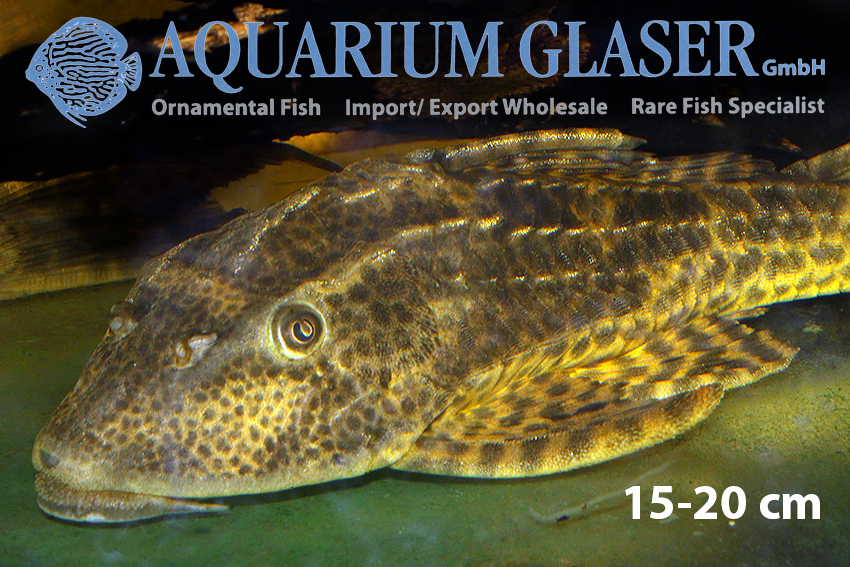
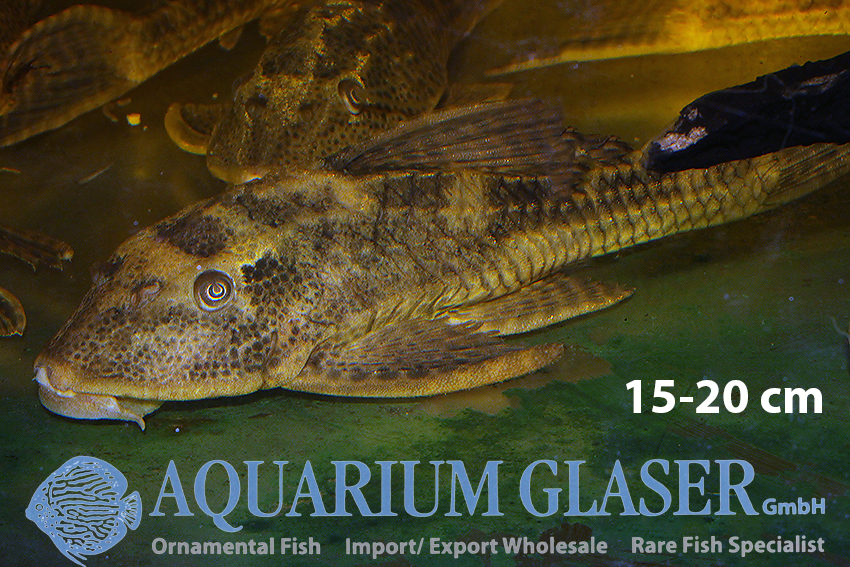
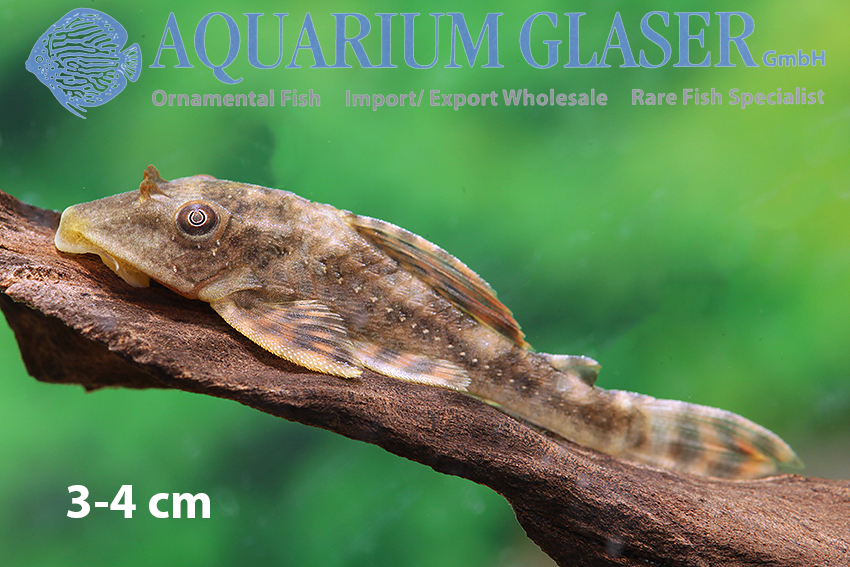
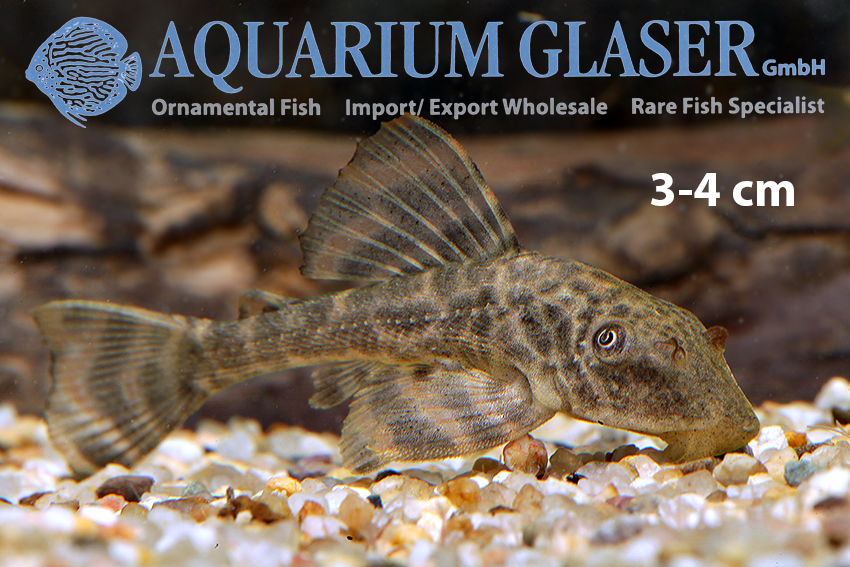
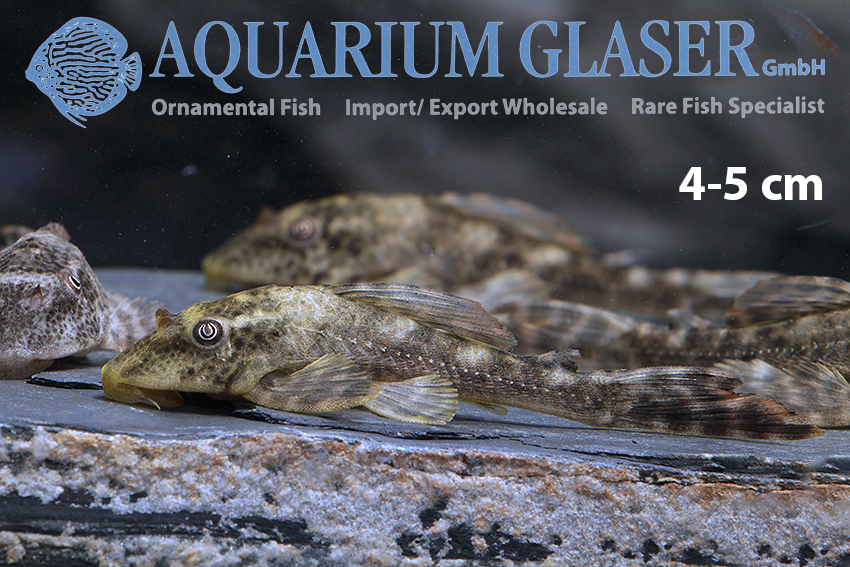
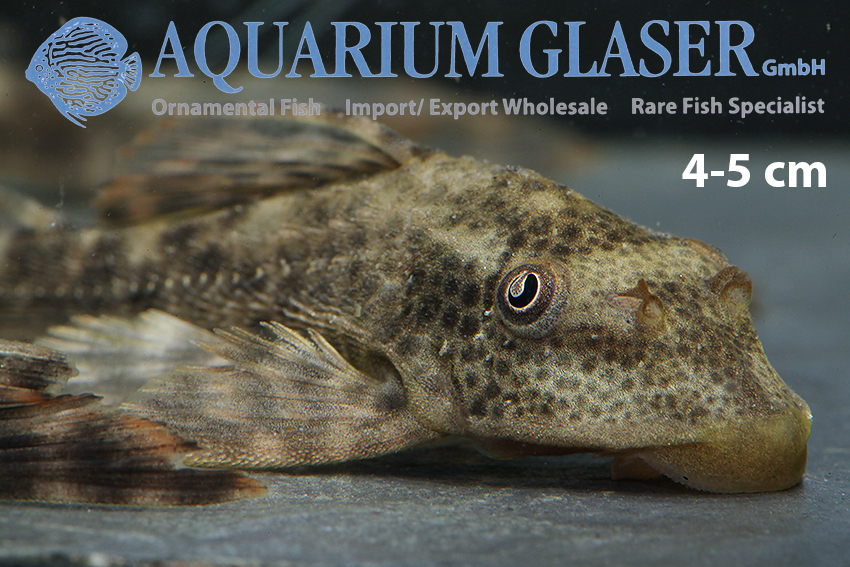
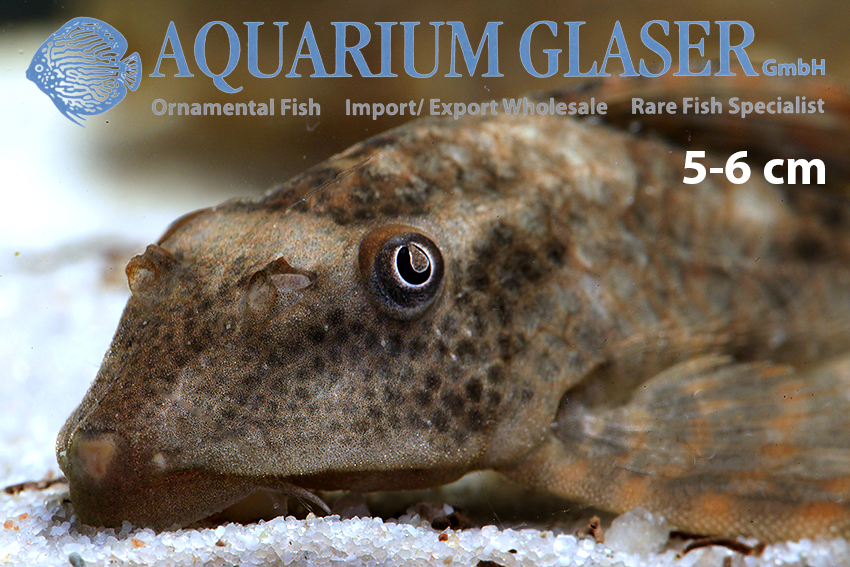
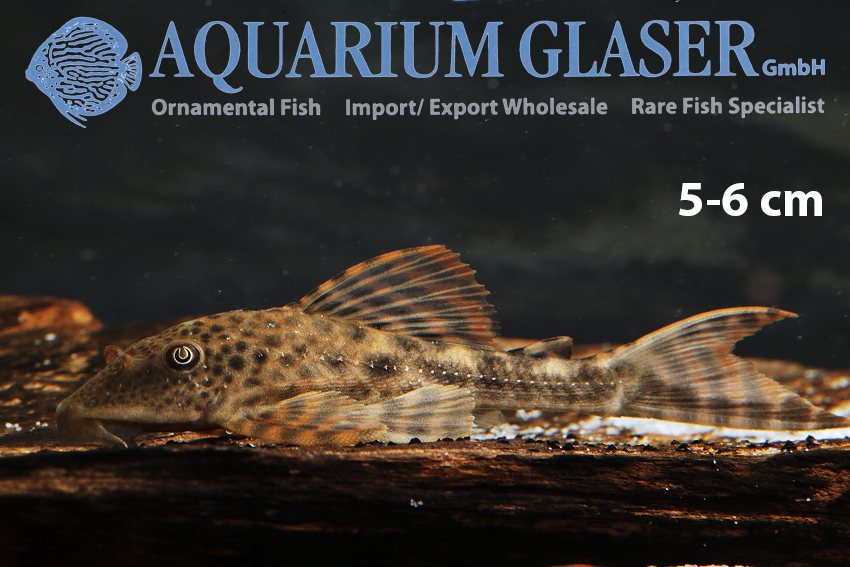
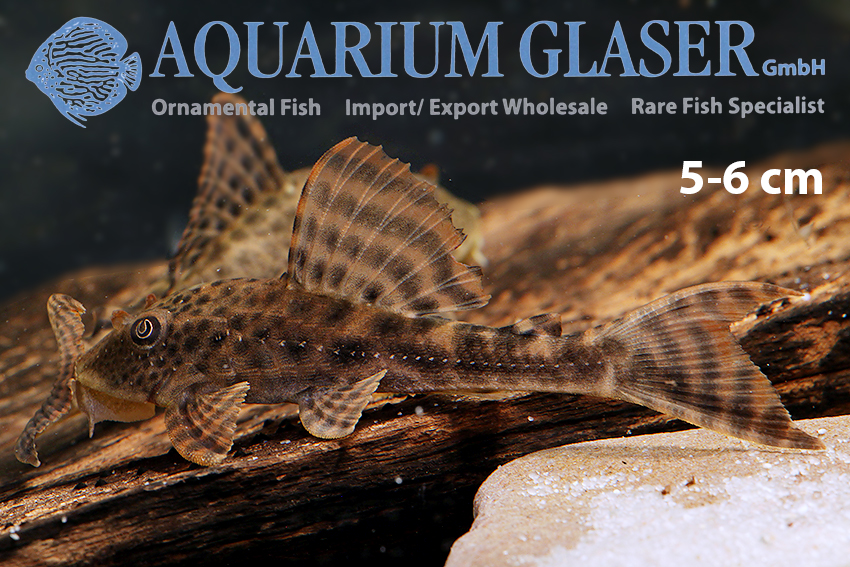
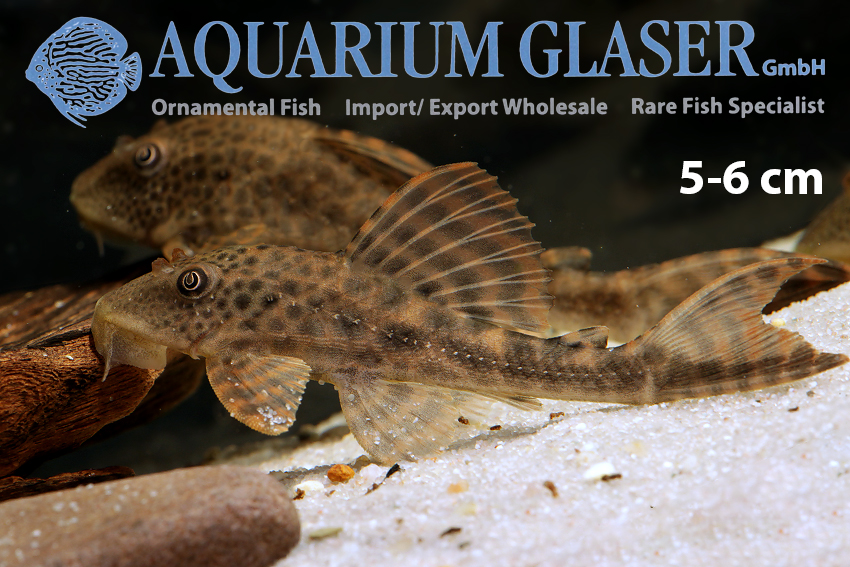
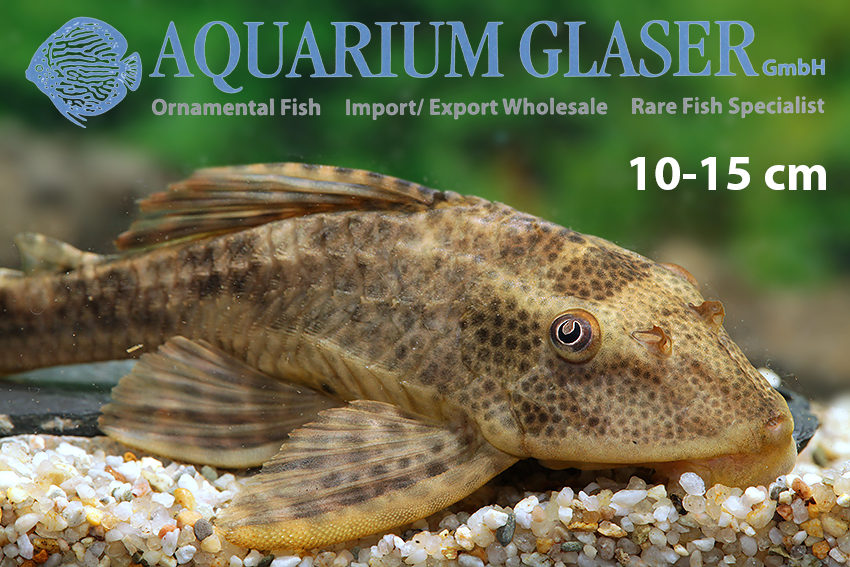
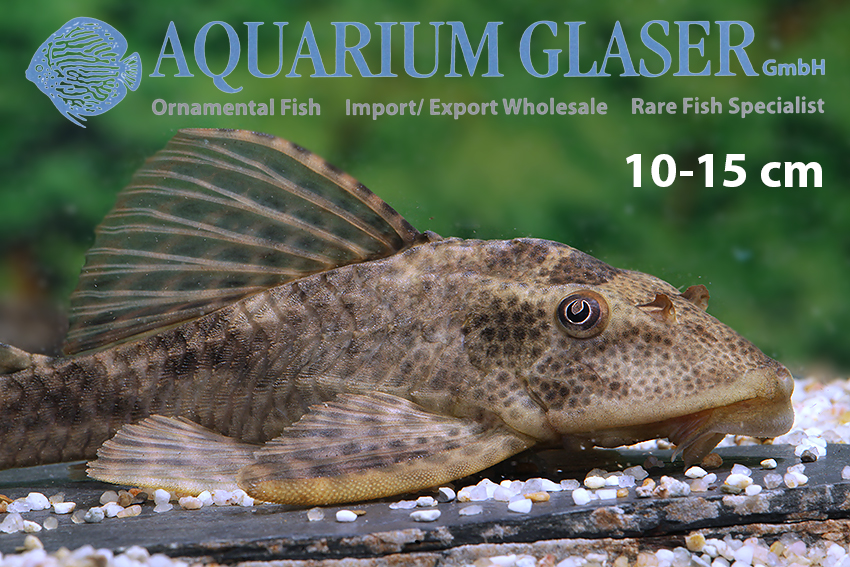
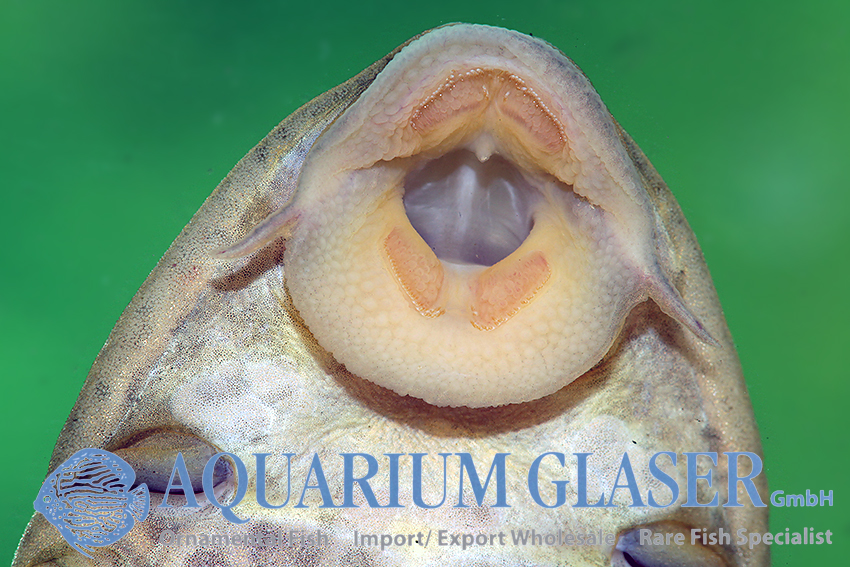
Hypostomus boulengeri is also a real rarity in the hobby. However, it is frequently found in the wild. This explains why it repeatedly appears as by-catch among ornamental fish from Paraguay. This time there was a larger number of these suckermouth catfish among the “Red Bruno”, so we sorted them out. As we have pictures of various sizes between 3 and about 20 cm in length – the maximum achievable size is given as 24.5 cm standard length, i.e. without caudal fin, which corresponds to a total length of about 30 cm – we take the opportunity to document the change in coloration from small juvenile fish to adult animals and also the various individual and mood-dependent colorations.
Keeping these animals is very simple. H. boulengeri are generally peaceful with each other and with other fish, and fights between conspecifics are always harmless. Of course, the aquarium must not be too small in view of the expected final size. H. boulengeri are good algae eaters, but will happily accept any food in the aquarium. The water temperature should vary seasonally and be cooler (18-20°C) for a few months and warmer (24-28°C) the rest of the time. We have no information about breeding in an aquarium and it has probably never been attempted.
Incidentally, there is a second, very similar sibling species in the Rio Paraguay, namely Hypostomus formosae. The main external difference between H. boulengeri and H. formosae is the tip of the snout, which is naked in H. boulengeri and has normal shields in H. formosae. All the animals that we then looked at more closely had a naked snout tip, so they are H. boulengeri.
For our customers: H. boulengeri has code 262483 (4-7 cm) on our stocklist. Please note that we only supply the wholesale trade.
Text & photos: Frank Schäfer




